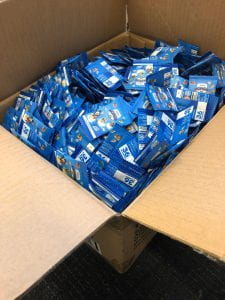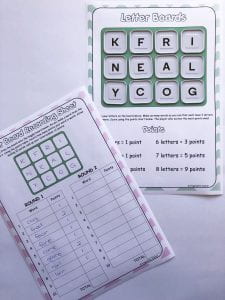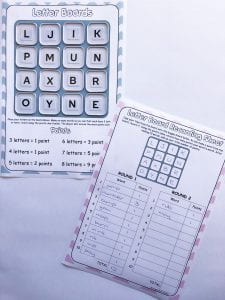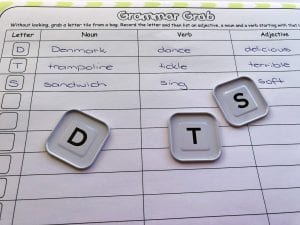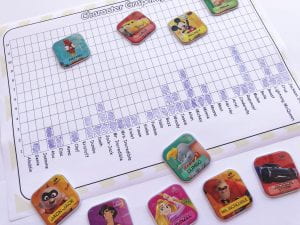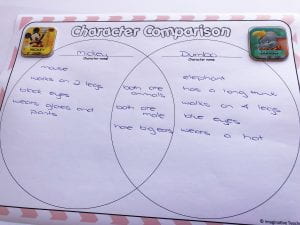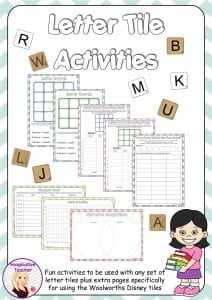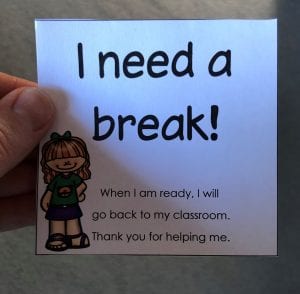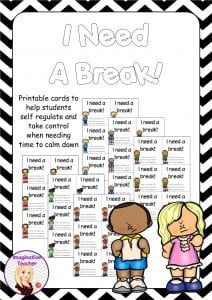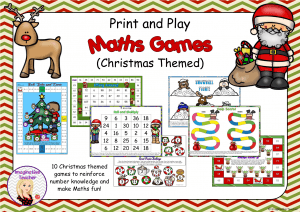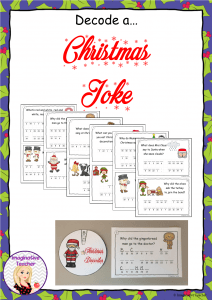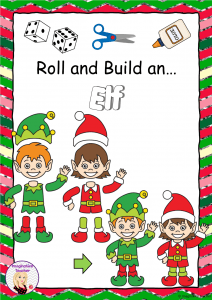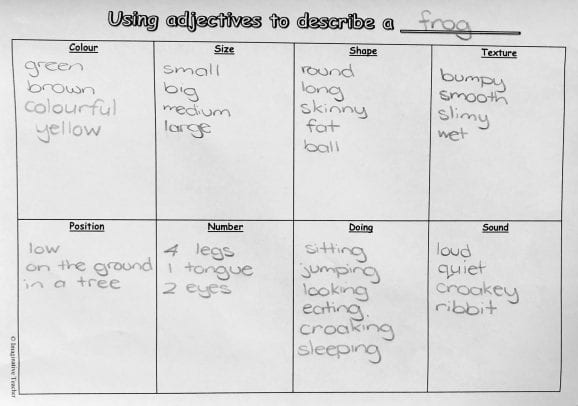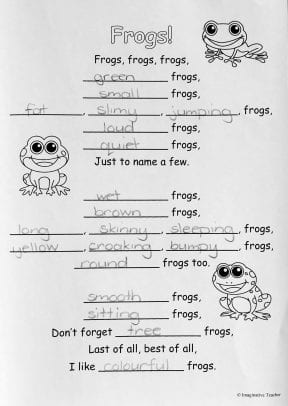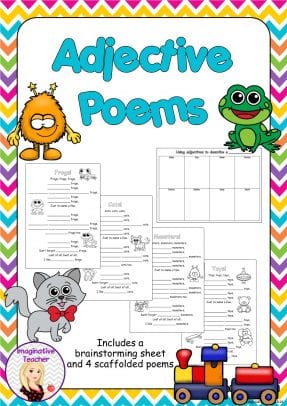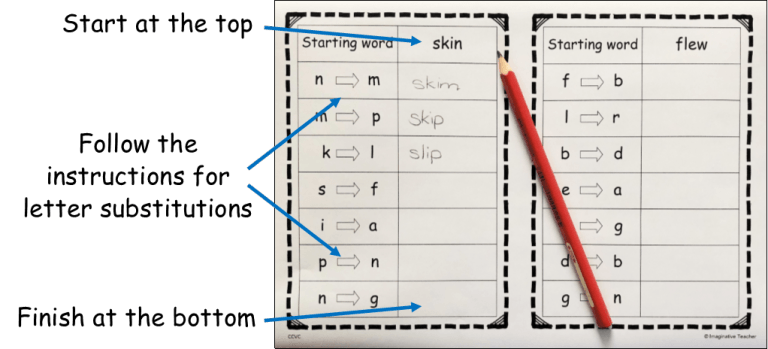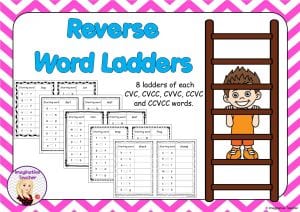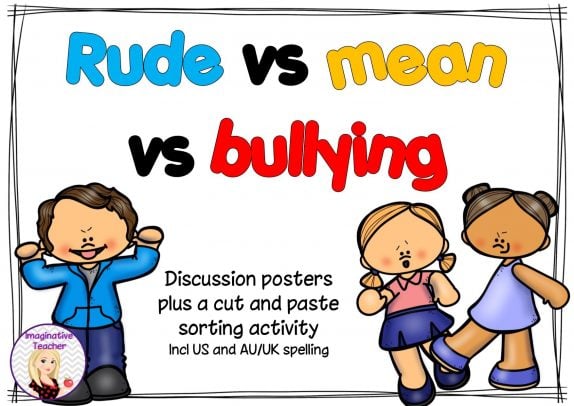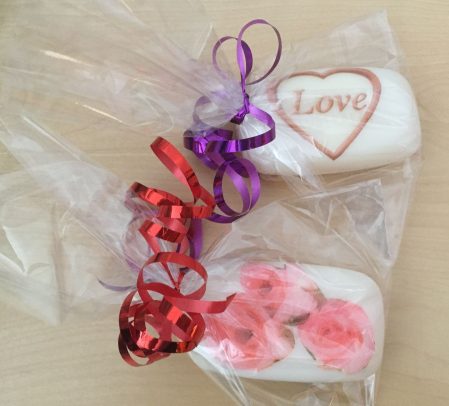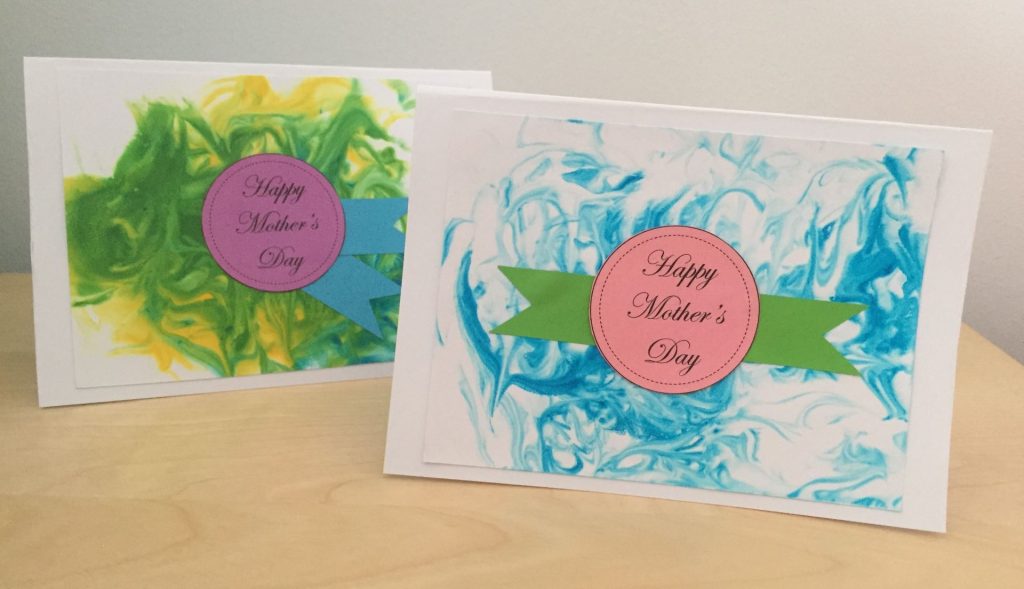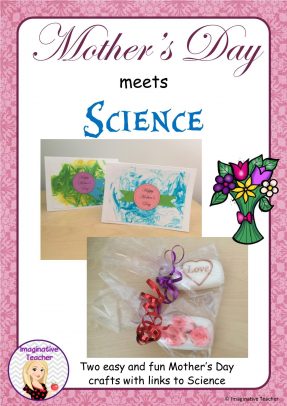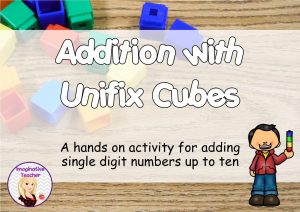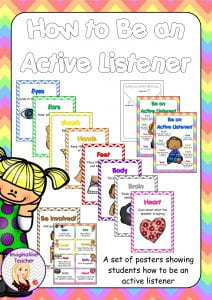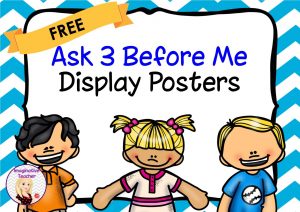Nature Play and Nature Education have become the ‘next big thing’ here in Australia and at my school it’s no different.
This year I have been working in conjunction with three other classes (grades 1 and 2) on a rotational basis to deliver some fantastic opportunities to students to learn about nature and mindfulness. If students learn about the environment and the importance of keeping it clean, then the future generations will care for the land and truly appreciate how wonderful it is.
In our rotations, the four classes are combined and split into 4 mixed groups. This encourages mixing of grade levels and the chance for students to make new friends. With the four groups, each teacher is responsible for a different focus, whilst incorporating nature: 1) Nature Play, 2) Art, 3) Mindfulness and Meditation and finally, 4) STEM.
We began in week 1 with a sensory scavenger hunt around the school, before participating in our weekly rotations. The students really enjoy their weekly sessions and can’t wait until the following week to learn some more. Each fifth week, the four classes participate in an excursion based around Nature. Our first excursion involved going on a local nature walk. There was a huge creek that students happily splashed around in, giant boulders for climbing, different tree textures to feel and various birds to listen to.
We are so lucky to have this amazing place 5 minutes down the road from our school!
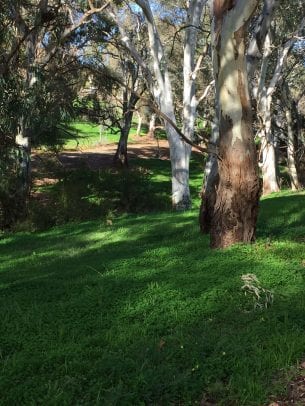
Click on the picture below to download a FREE copy of the scavenger hunt plus the Nature Walk Observation recording sheet we completed when we returned back to school.
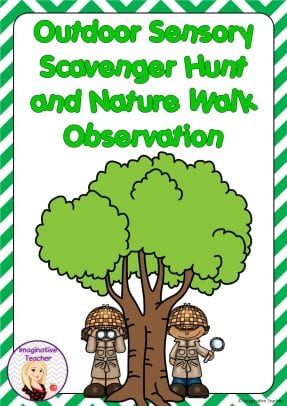
Then after another four weeks of rotations, this week is our final excursion for the term. We are going to a huge, recently built Nature Play playground about 40 minutes from our school. My class is so excited!!!!
Back in class to compliment our Science lessons we have also been looking at the three R’s, (Reuse, Reduce and Recycle) and trying to understand what happens to rubbish that enters our oceans.
Click on the picture below to download a FREE copy of the worksheet ‘Be a 3R Superhero!’.
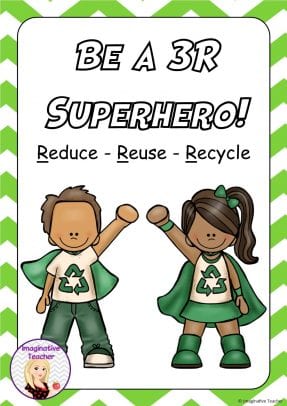
My students were amazed to learn about the Great Pacific Garbage Patch and how long it took for garbage in the ocean to decompose. We printed the cards from the pack below back to back and made a huge class timeline, relating the amount of time to things they were familiar with. (Ie an apple core takes about the same time as a school term while a pair of wool socks takes the same as almost their whole lifetime so far!) . Then the students completed the individual cut and paste tasks.
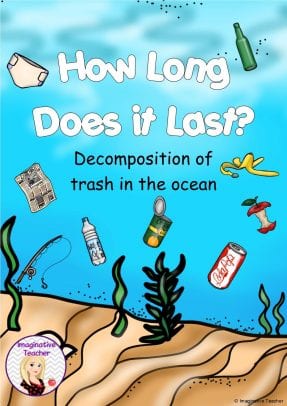
Last week we were lucky enough to have KESAB visit and talk to the students about the importance of the three R’s. We have had such a blast learning about the environment this term!
I’d love to know what activities you do with your class to learn about the environment.
✏️❤️ Katie
